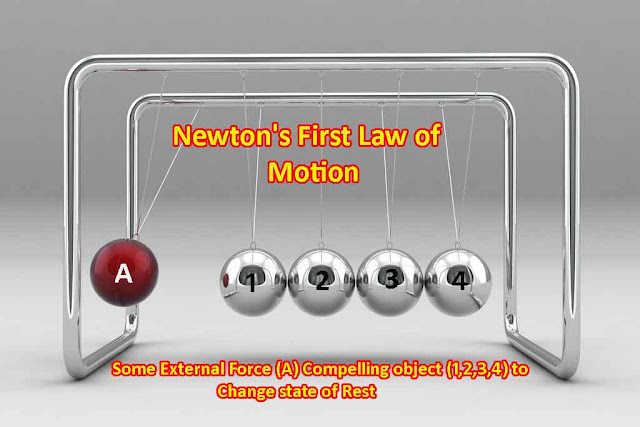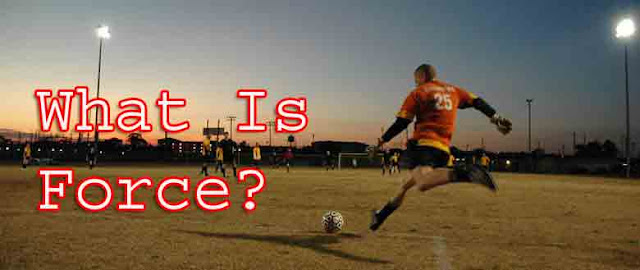Types of - [Contact Force, Non-Contact Force (s)] - Examples

We are explaining the interaction between bodies. In this brief article, you'll discover all you need to know about contact force (s), types of contact force with examples, non-contact force (s), and examples. Let's start discussing one by one. Must Read: What is Force with Examples? Contact Force (s) The forces which act on bodies when they are in physical contact. These forces are produced and experienced when a body comes in contact with another body. For example, The force of friction (frictional force) Normal reaction force Force of tension exerted by a string Force exerted by a spring Force exerted on two bodies during collision etc . When you pushed on an object you are definitely contacting the object directly or indirectly. Types of Contact Forces Frictional Force: When a body slide (or rolls) over a rough surface, a force starts acting on the body in a direction opposite to the motion of the body, along with the surface in contact. This is called the...




